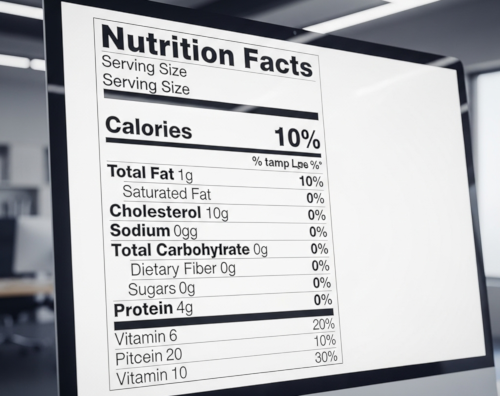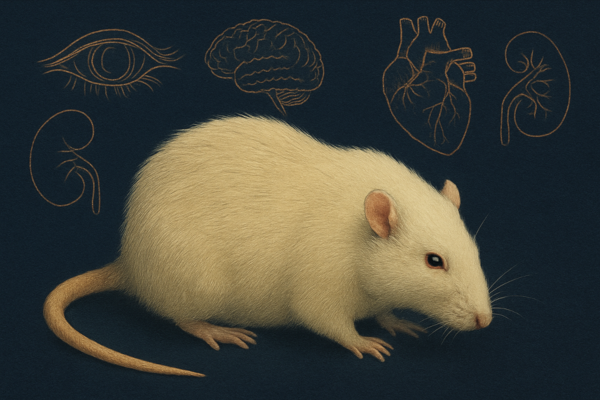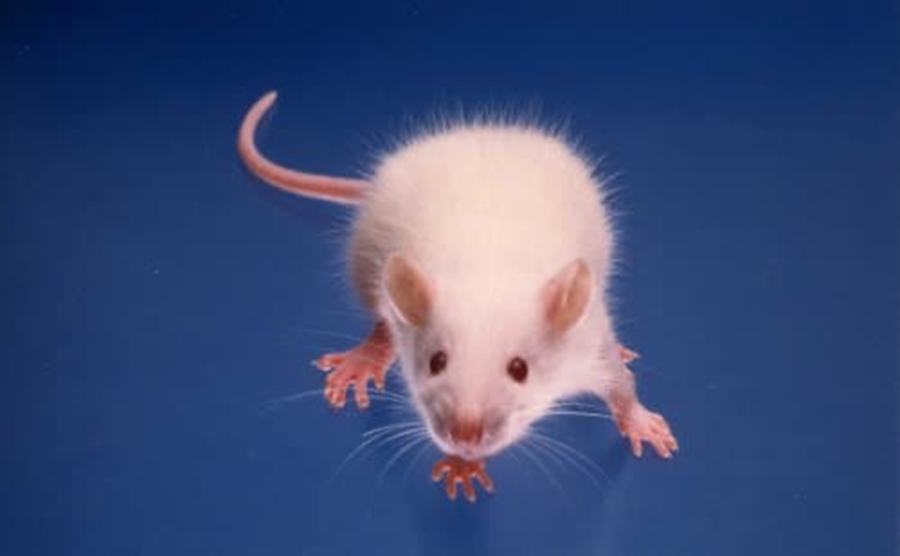
Diet Research Data:Effects of diets with different carbohydrate-to-fat ratios on male F344 rats
5.Results of oral glucose tolerance test
6.Concentrations of blood lipids and related substances
8.Hepatic triglyceride content and liver histology
Related CLEA Japan product: AIN-93G

For the animal, please click here↓![]() : https://www.clea-japan.com/en/products/special_diet/item_d0220
: https://www.clea-japan.com/en/products/special_diet/item_d0220
Inquiry:
If you have any question, please feel free to contact us from here.
1.Objective
In this study, we investigated the effects of feeding rats diets with different carbohydrate-to-fat ratios on obesity, glucose tolerance, and hepatic triglyceride content.
2.Materials and Methods
(1)Experimental site
The experiments were conducted in the rat breeding room (conventional) of the Central Research Institute, Nippon Compound Feed Manufacturing Co., Ltd.
(2)Experimental diets (Characteristics are shown in Tables 1 and 2)
The composition of the experimental diets is shown in Tables 1 and 2. Fructose was primarily used as a carbohydrate source, and safflower oil was primarily used as a fat source. Corn starch, sucrose, and refined palm oil were used to adjust the carbohydrate and crude fat content. Other characteristics of the experimental diets are as follows:
- The carbohydrate (C) to fat (F) energy ratio (kcal/energy) was adjusted to create four groups with different C/F ratios (C/F = 2.5, 1.3, 0.6, 0.3).
- The ratio of fructose to sucrose was adjusted to 1:3, and the ratio of palm oil to safflower oil was adjusted to 2:3. For the C/F = 2.5 and 1.3 groups, corn starch was partially used as a carbohydrate source for molding.
- The protein calorie ratio was maintained at the AIN-93G level (approximately 20%).
- Other ingredients were adjusted considering the calorie ratio.
(3)Animals
Five-week-old male F344/Jcl rats were used (n=10).
(4)Housing conditions
- Temperature and humidity: Temperature was maintained at 21-25°C, and humidity at 40-60%.
- Lighting: A 12-hour light/dark cycle was used (lights on 9:00 AM - 9:00 PM).
- Caging: Rats were housed individually in polycarbonate cages containing sterilized chips.
- Diet: Rats had ad libitum access to diet.
- Water: Rats had ad libitum access to tap water.
(5)Experimental procedures
Four-week-old male F344/Jcl rats were acclimatized for one week and then randomly divided into four groups based on body weight. One rat was housed per cage. Experimental diets were provided from 5 to 13 weeks of age. Oral glucose tolerance tests were conducted at 8 and 12 weeks of age. At 9 and 13 weeks of age, four rats per group were fasted overnight (approximately 15 hours) and then sacrificed. Blood samples were collected and analyzed for serum lipids (total cholesterol, HDL-cholesterol, triglycerides, and free fatty acids). Livers were collected, and hepatic triglyceride content was measured. Histological examination was performed using hematoxylin and eosin staining. Statistical analysis was performed using the Turkey-Kramer test.
3.Results
Please see the following pages for the results.
1.Composition of diets
Table 1. Composition of experimental diets
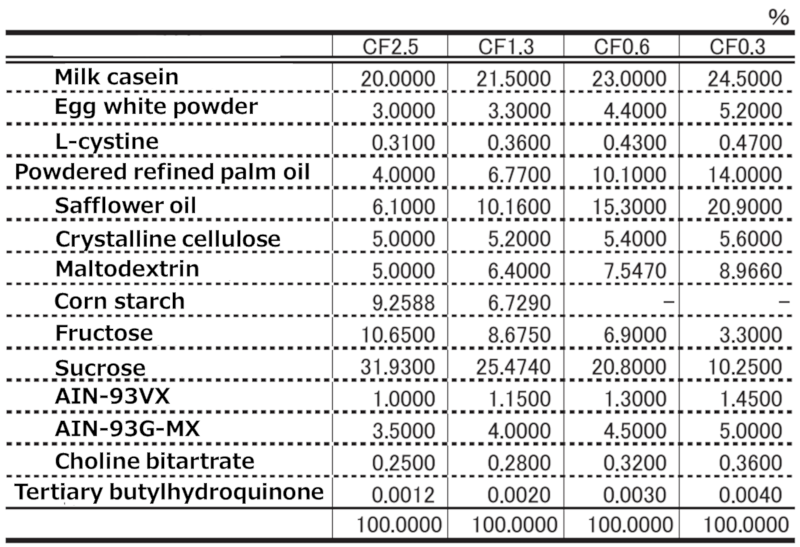
Table 2. General composition of experimental diets
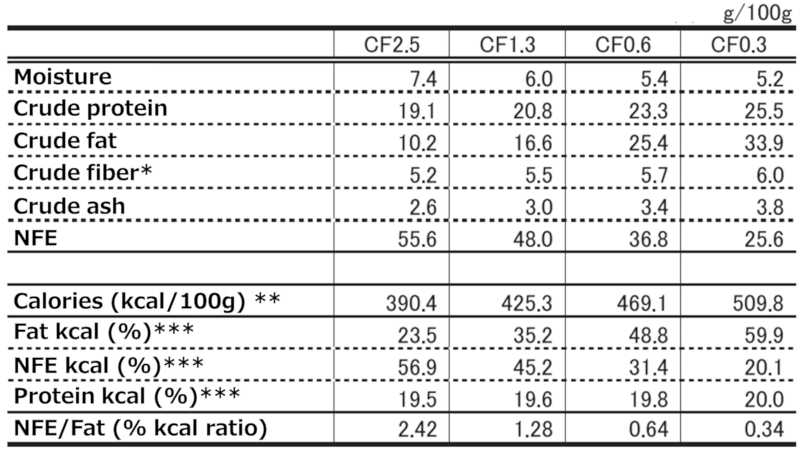
**Calculated using the 4.94 factor.
***Percentage of calories derived from each component in total calories.
2.Food intake
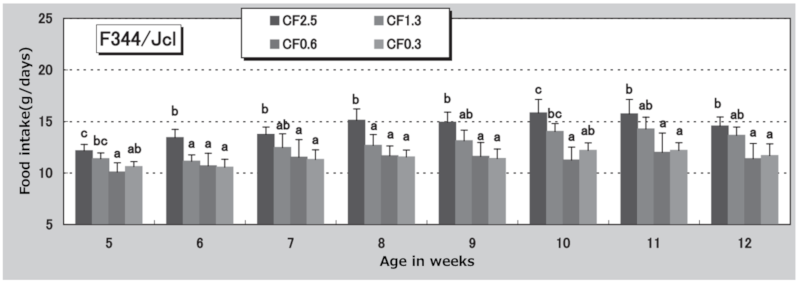
Figure 1. Changes in food intake over time.
The bars and vertical lines represent the mean ± standard error of the mean. Statistical analysis was performed between groups at the same age, and different letters indicate significant differences (p < 0.05).
Table 3. Changes in food intake.

3.Water intake
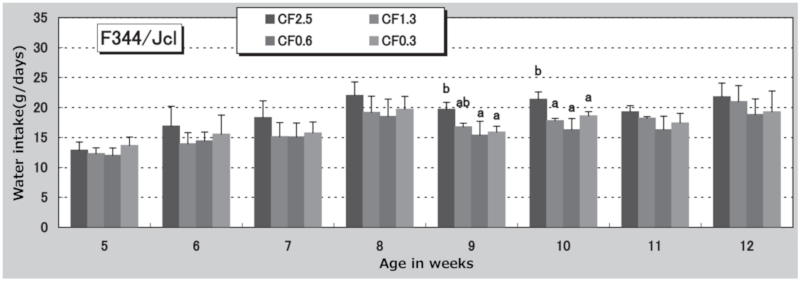
Figure 2. Changes in water intake over time.
The bars and vertical lines represent the mean ± standard error of the mean. Statistical analysis was performed between groups at the same age, and different letters indicate significant differences (p < 0.05).
Table 4. Changes in water intake.

4.Body weight
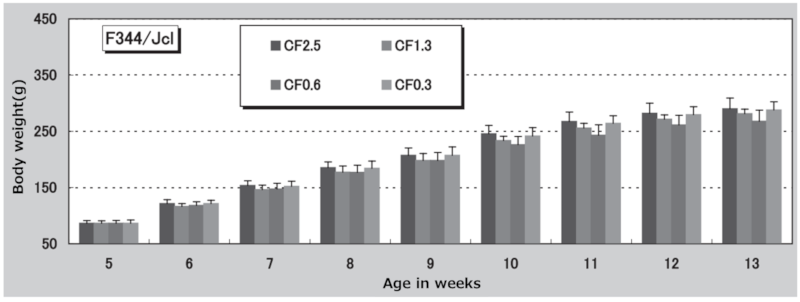
Figure 3. Body weight.
Body weight was measured weekly. The bars and vertical lines represent the mean ± standard error of the mean.
Table 5. Changes in body weight.

5.Results of oral glucose tolerance test
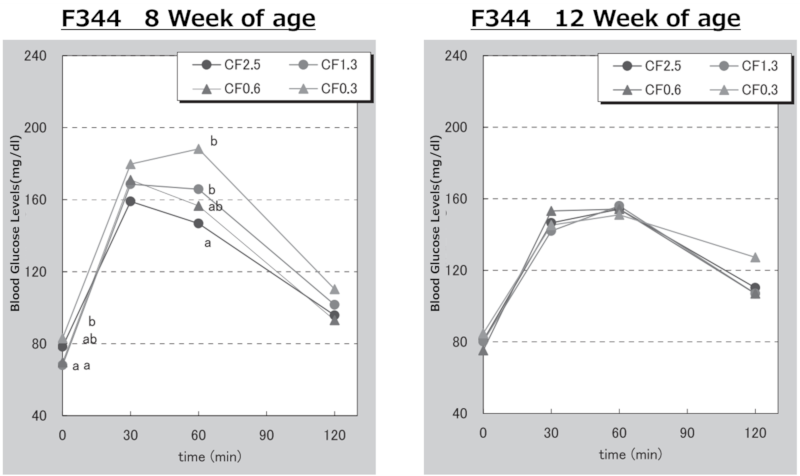
Figure 4. Results of oral glucose tolerance test.
Oral glucose tolerance tests were performed at 8 and 12 weeks of age. After a 15-hour fast, glucose was administered orally (2 g/kg body weight), and blood glucose levels were measured at 30, 60, and 120 minutes after administration. Statistical analysis was performed between groups at each time point, and different letters indicate significant differences (p < 0.05).
Table 6. Results of oral glucose tolerance test in F344 rats at each age.

6.Concentrations of blood lipids and related substances
Table 7. Concentrations of blood lipids and related substances.
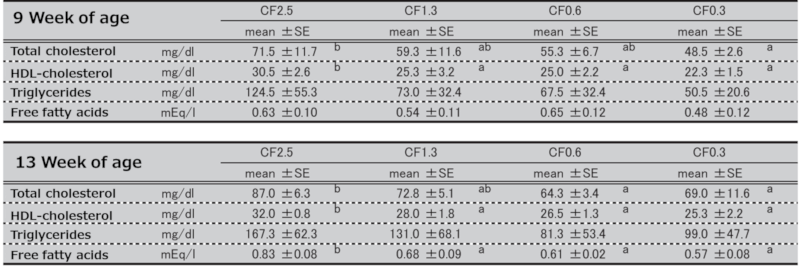
Different letters indicate significant differences (p < 0.05).
7.Relative organ weight
Table 8. Relative organ weights
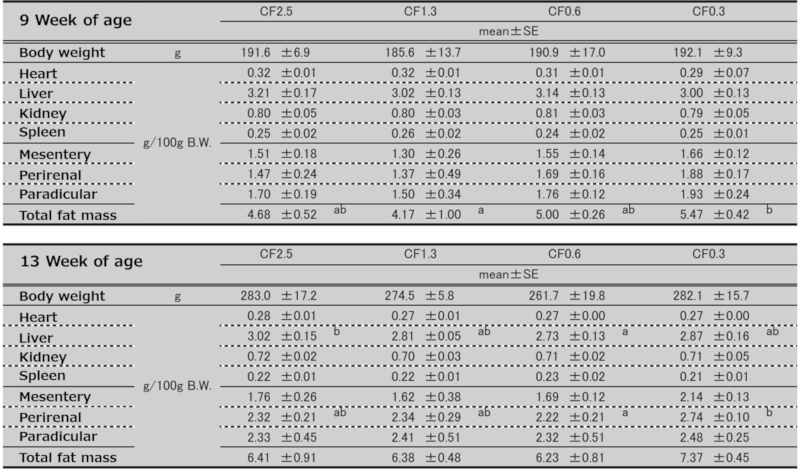
Different letters indicate significant differences (p < 0.05).
8.Hepatic triglyceride content and liver histolog
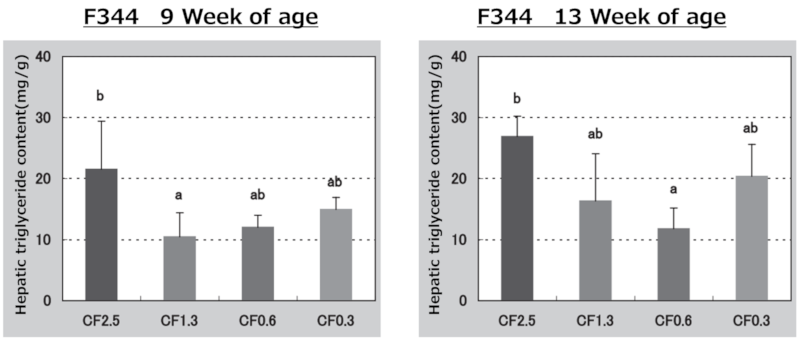
Figure 5. Hepatic triglyceride content at the time of sacrifice
Hepatic triglyceride content was measured in rats at 9 and 13 weeks of age. The bars and vertical lines in the figure represent the mean ± standard error. Different letters above the bars indicate significant differences (p < 0.05).
Table 9. Hepatic triglyceride content in rats of each strain

Different letters indicate significant differences (p < 0.05).
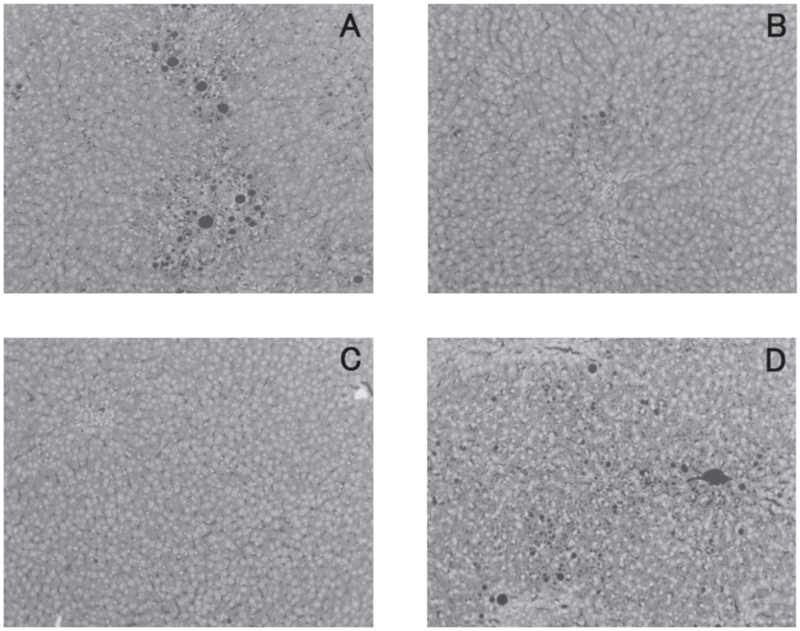
Figure 6. Liver histology at 13 weeks of age (x200)
These are likely group designations. You might want to specify what these groups represent (e.g., different diet groups).

